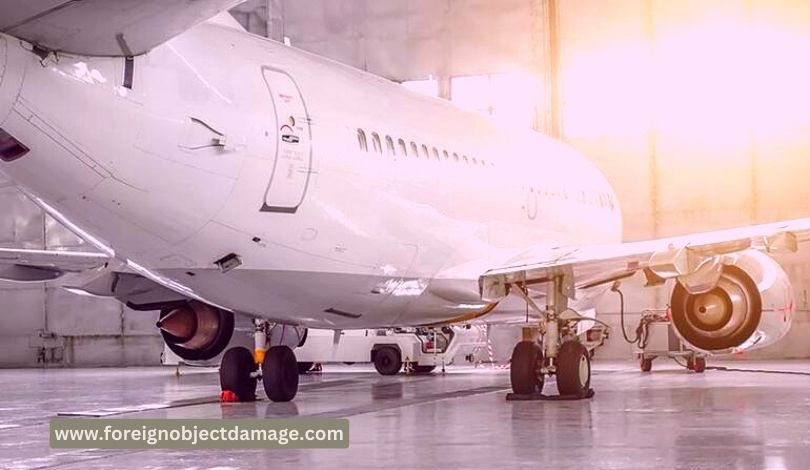
Everything you need to know about FOD products and its prevention programs
The term “FOD” refers to loose objects and small debris that could harm workers or cause property damage. It is a crucial quality control and safety issue. Although the word “FOD” is primarily used in the aerospace and aviation sectors, it is significant in any sector where quality and safety are priorities. FOD is a severe issue, for instance, in production settings where quality assurance demands that everything is put where it belongs and that workers are protected. The acronym FOD can imply either Foreign Object Debris or Foreign Object Damage products due to the presence of this debris, depending on the context.
Significance to FOD (Foreign Object Debris)
FOD refers to any physical object that is not part of an aircraft and is present in areas where aircraft operate. These objects can be hazardous and pose a risk to flight safety. FOD can cause damage to engines, landing gear, and other critical components, leading to high costs for airlines and military organizations.
Types of FOD:
- Loose Hardware: screws, nuts, bolts, and washers that are dropped during maintenance or manufacturing.
- Tools and Equipment: wrenches, pliers, and other tools left on the runway after maintenance activities.
- Debris: pieces of old tires, paper, and other debris on the runway.
- Wildlife: birds, squirrels, and other wildlife that may wander onto the runway.
Importance of FOD prevention programs:
FOD prevention programs are critical to ensure aircraft safety and passengers’ safety. These programs aim to reduce the occurrence of FOD by identifying and eliminating potential sources of debris.
In the context of manufacturing, what exactly are FOD Prevention Programs?
Debris poses a risk to quality and safety in the aviation business and in every workplace. It is necessary to move Equipment and supplies used on assembly and production lines quickly within the building.
Wherever objects are handled, including during receiving, shipping, storing, repairing, inspecting, and manufacturing, foreign object debris may be present. Most buildings utilize a three-tiered system of signs to designate these areas and warn staff to be watchful when discovering and removing trash:
- Command Center for FOD
If you see this warning, you are in an area where it is more likely, though not necessarily catastrophic, for debris to impact. Additional duties for dealing with foreign object debris will be added to conventional operational procedures. Therefore, employees will need to be more conscious of their surroundings.
- Critical FOD Prevention Programs’ Location
This area has a significant potential for damage from flying debris, as indicated by the presence of these signs. Therefore you should approach with caution. Workers must adhere to all safety regulations in this situation and maintain high alertness.
The following steps can be taken to prevent FOD:
- Employee Awareness: Employees need to be aware of the dangers of FOD and the importance of keeping their work areas clean.
- Runway inspections: Regular runway inspections should be conducted to identify and remove any debris that may be present.
- Proper storage of Equipment: Tools and Equipment should be properly stored when not in use to prevent them from becoming FOD.
- Proper disposal of debris: All debris should be appropriately disposed of to prevent it from becoming FOD.
- Training: Employees should receive training on Foreign Object Damage products prevention and the proper procedures for identifying and removing debris.
- Reporting: Employees should be encouraged to report any sightings of FOD to ensure that it is removed promptly.
Conclusion:
FOD is a severe issue that poses a risk to flight safety. FOD prevention programs are critical to reducing the occurrence of FOD and ensuring the safety of aircraft and their passengers. By implementing proper procedures and conducting regular inspections, organizations can reduce the risk of FOD and maintain a safe operating environment.
In conclusion, FOD prevention requires a concerted effort by all employees to identify and eliminate potential sources of debris. By working together, organizations can reduce the risk of FOD and maintain a safe operating environment for all.
